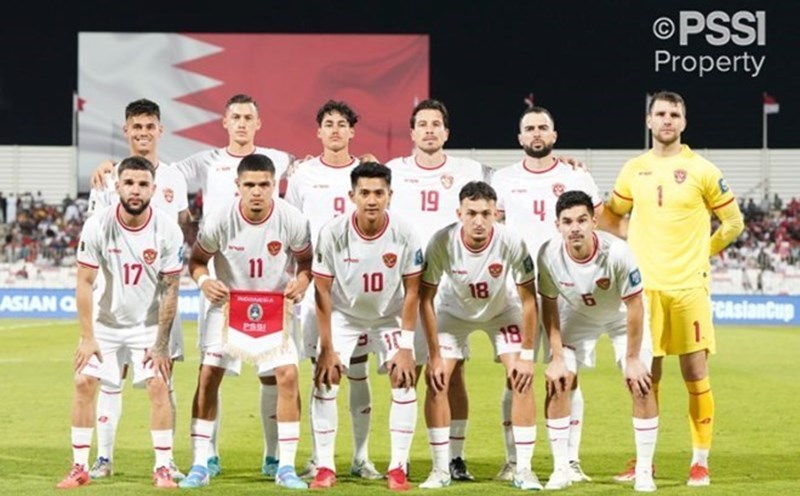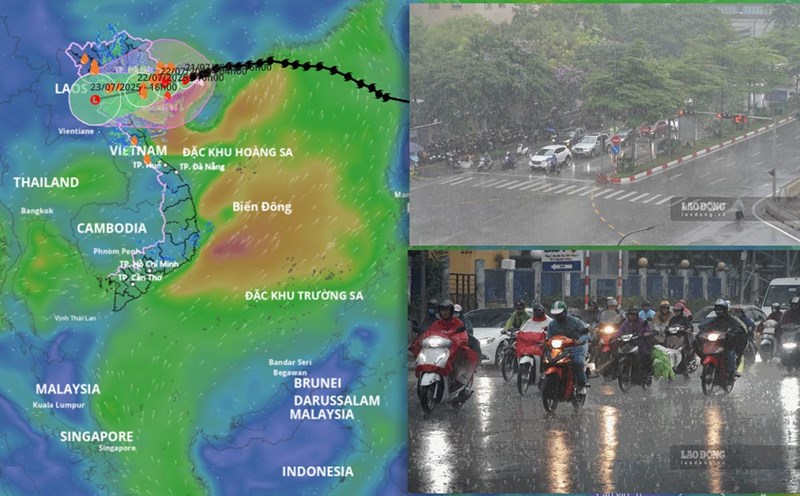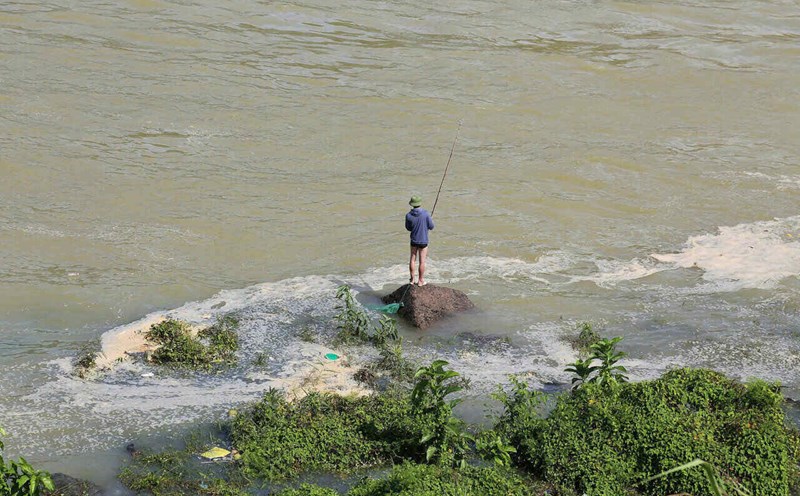Recently, the Japan Football Federation announced a plan to submit documents to co- host the 2046 World Cup with a number of countries in the region.
Accordingly, Japan wants to cooperate with South Korea, China (East Asia) and 4 Southeast Asian representatives: Thailand, Indonesia, Malaysia and Singapore. Notably, Vietnam did not participate.
This is not surprising. Because in reality, FIFA's strict criteria for the country that wants to host the World Cup are. In particular, standards on infrastructure, especially the stadium system, are considered a major barrier for Vietnam.
Currently, My Dinh Stadium is the largest stadium in the country with a capacity of more than 40,000 seats. However, the quality of the grass, functional rooms, stands and auxiliary items all showed signs of deterioration, causing controversy many times when organizing international matches.
Other courts such as Hang Day, Thong Nhat, Lach Tray or Thien Truong are also facing other problems such as small scale, lack of amenities and failure to meet the minimum technical standards required by FIFA.
Meanwhile, countries in Southeast Asia are proposed by Japan to own a series of modern, large-scale stadiums. Thailand has Rajamangala with a capacity of more than 70,000 seats; Indonesia owns two stadiums with about 80,000 seats/strip; Malaysia has Bukit Jalil Stadium with nearly 90,000 seats; Singapore has a national standard sports complex with a 55,000-seat stadium...
Not only the main stadium, these countries also have a series of side stadiums with a capacity of 30,000-50,000 seats, ready to serve group stage matches or practice.
With the current infrastructure, Vietnam cannot help but participate in the World Cup hosting dossier. To realize the dream of organizing the biggest football festival on the planet, Vietnam needs a long-term strategy, including renovating and upgrading the course system and investing synchronously in sports infrastructure.











